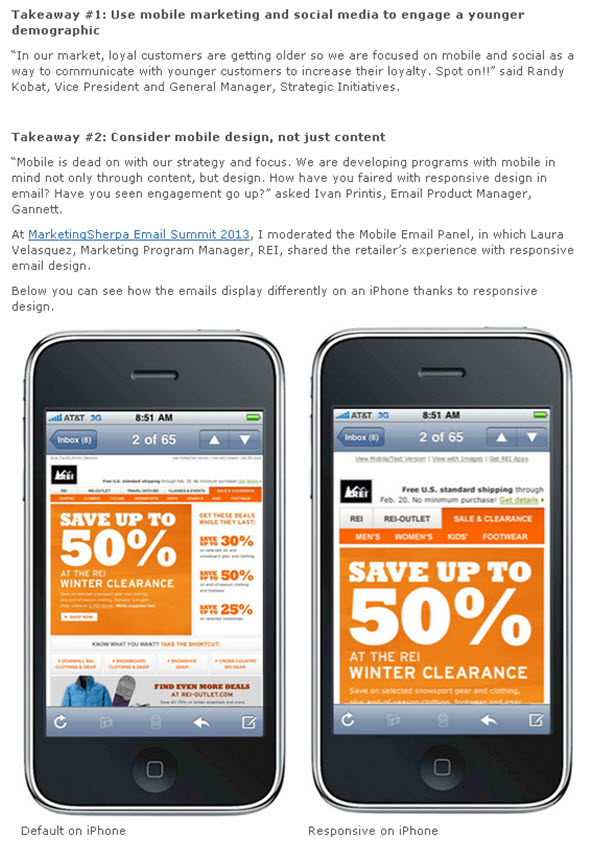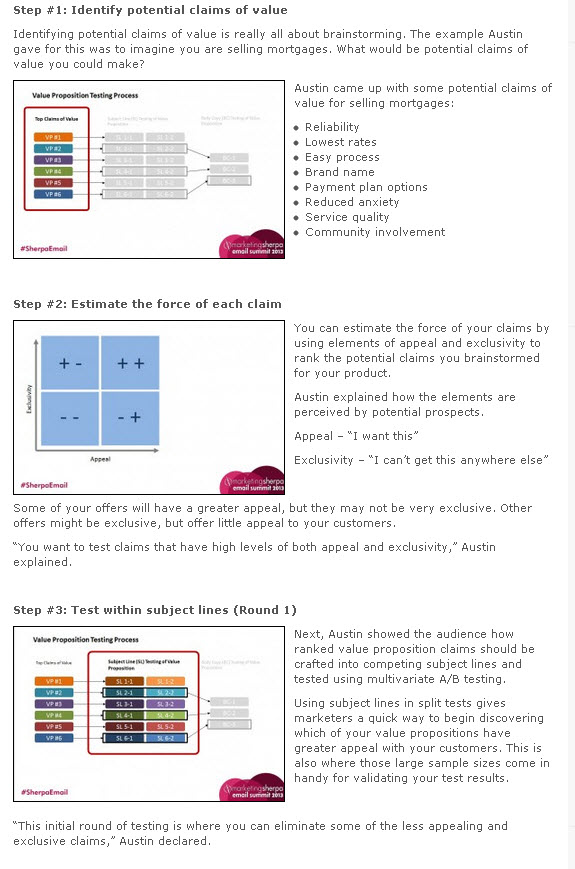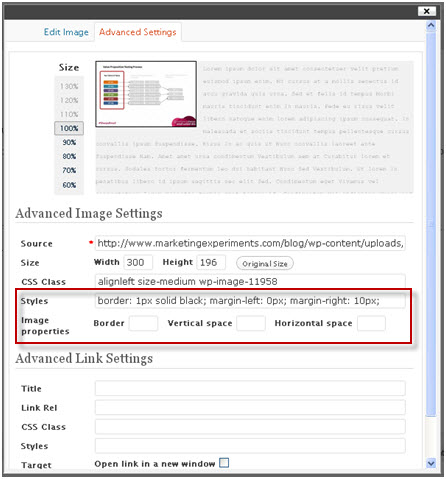Creating intriguing and relevant content is key to successful content marketing.
Webinars, webpages and ebooks were all cited in the 2013 MarketingSherpa SEO Marketing Benchmark Survey as “the most effective places to create content for meeting marketing objectives.”
Creating content is one thing, improving it through copy editing, however, is another step in the process.
I say this because content becomes less effective with each glaring error. Depending on the circumstances, those mistakes are perhaps even costing your organization revenue as customers look elsewhere to shop.
Think about it …
Do you want to spend your time deciphering information riddled with grammar and spelling errors?
Well, your readers certainly don’t and why should they? Why should they take their time to untangle a web of errors and inconsistencies in a content piece in order to understand the message?
They will simply move on to something else that is polished, clear and professionally written. Luckily in the digital realm, minor mistakes can be caught after a blog post, article or social media post is published online and can be seamlessly fixed.
However, some diligent eyes can spot errors before critics take to social media and immortalize a glaring typo.
 For example, the Mankato Free Press was not immune to criticism when a creative, but poorly designed page slipped past copy editors and startled readers while enjoying their breakfast.
For example, the Mankato Free Press was not immune to criticism when a creative, but poorly designed page slipped past copy editors and startled readers while enjoying their breakfast.
As the copy editor at MECLABS, my job revolves around editing everything from blog posts, articles, landing page copy, marketing materials and many other essential pieces of content for MarketingSherpa and MarketingExperiments.
The insights in this post revolve strictly around copy editing to help you focus on improving the accuracy of your text, not editing, which is designed to help you improve the organization of your content.
Read on for seven copy editing tips you can use to improve the quality of your content.
Tip #1. Stick with a style
When copy editing, consistency is very important – so pick a style and stick with it.
Establishing style standards early on will help keep all the content you produce uniform across different formats.
At MECLABS, we devised a Stylebook that incorporates elements of AP style and stylistic preferences unique to our company.
For instance, some of the most common words and phrases utilized in our content appear in the Stylebook reflecting MECLABS’ usage.
Words like clickthrough, call-to-action, homepage, e-commerce, Web (always capitalized) and others have a specific way of being spelled or capitalized preferable to us that may not be used the same grammatically or contextually elsewhere.
Not everything can be covered in a company style guide, so having a secondary resource such as the AP Stylebook on hand is essential for finding those words and phrases you may not know how to utilize correctly in a piece.
For other aspects of writing, such as headlines, consistency is also extremely important.
Editors tend to decide what words are used in a headline, so your stylebook should include style preferences for headlines, to help editors keep those copy decisions consistent.
Also, try to make considerations in your Stylebook for any additional content you may have that will need formatting guidelines and make sure your content team understands and adheres to those standards.
Tip #2. Read aloud
The very first step of copy editing is reading through content to make changes.
Reading silently to yourself is a good way to start, but taking it to the next level and reading a piece aloud will help you catch more errors and hear how the words and sentences flow together.
It may also seem like common sense, but reading it aloud conversationally is not enough to catch mistakes. By reading slowly and articulating each word, you are more likely to spot grammar and spelling mistakes that your word processor might have missed.
Tip #3. Keep it concise
Attention spans are shorter than ever, so keeping length in mind while editing is also extremely important. By keeping sentences concise, you will captivate readers by making every word count.
When possible, delete extraneous words from sentences unless they impact the integrity of the overall meaning.
For example, the word “that” is often used as a crutch word and can be eliminated in most cases.
Tip #4. Do a final proofread after publishing
Hitting the “publish” button is not the end of a copy editor’s work day. Even after a vigorous round of editing, mistakes can still fall through the cracks.
This is why taking one more look at your content after it’s published is a great idea.
As I mentioned earlier, digital publishing in most instances is a lot more forgiving than print. Once you publish content in a print medium, the words and any mistakes you may have missed are stamped onto the pages of your publication and into history.
One example I can think of recently was the misspelling of the word “Marketing” as “Makreting” on the spine of a printed publication. Luckily, the error was caught before a large pressing of the misprints was ordered.
Consequently, although something may already be published, some minor changes can still likely be made if needed before the majority of your audience engages the content.
Tip #5. Avoid proofing your own work whenever possible
(Most) copy editors love to write, but reviewing your own content can be problematic, and should be avoided unless there is absolutely no other option.
Therefore, having another set of eyes on your piece can catch errors you would probably miss as the writer.
If others proofing your work is not an option, putting the finished product aside for a few days can help you get out of “writer” mode and into “proofing” mode.
Also, the content isn’t nearly as fresh in your mind, so you’re more likely to catch mistakes.
Tip #6. Read through backwards
This may seem a little strange, but the best tips usually are.
From my experience, going through content one sentence at a time backwards is a surprisingly great way to catch problems in the copy.
Incorrect punctuation, extra or double words and other issues that might have been skimmed over normally, can be singled out quickly by reading it backwards.
Read more…















